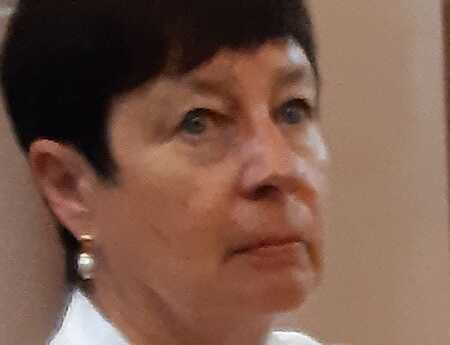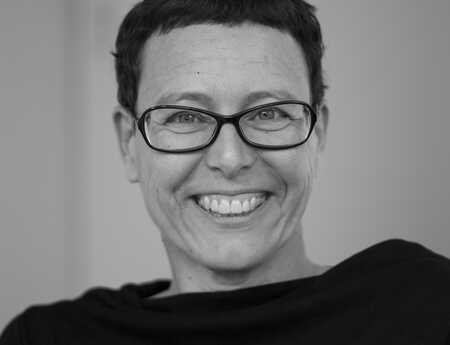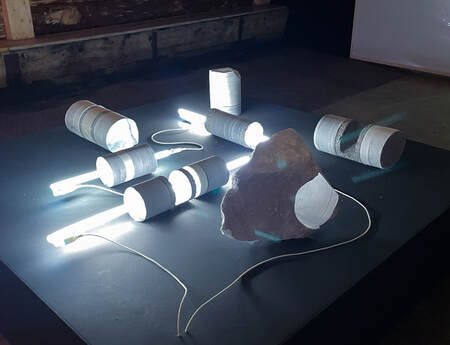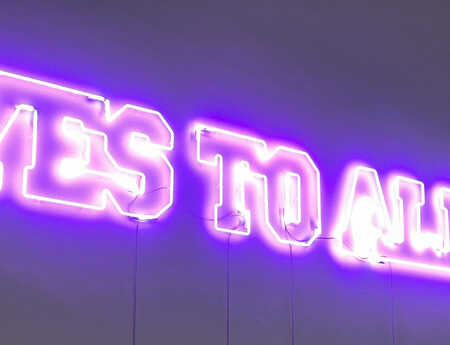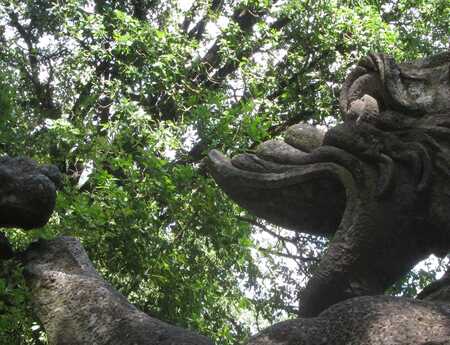Karl Menzen – A Tribute to a Friend, Lehnin Art Gallery
The Lehnin Sculpture Park not only features sculptures on the actual park grounds, but sculptures are also to be found on house walls and on and around the lake.
The driving force and initiator behind the “Lehniner Institut für Kunst und Kultur”, founded in 1991, is the painter and sculptor Eckhart Haisch, who to this day organises exhibitions, leads workshops and guided tours with incredible energy and contagious enthusiasm, and has managed to orchestrate an homage of this magnitude with 35 of his colleagues.
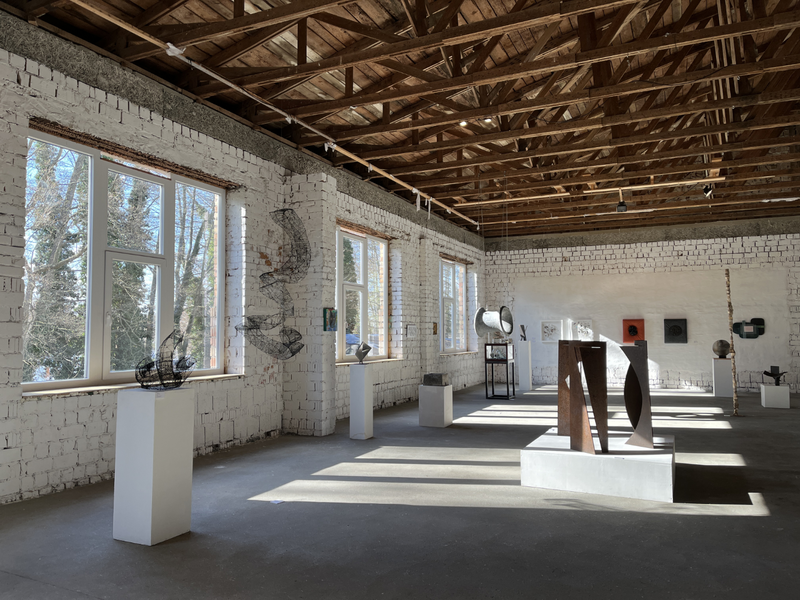
When Karl Menzen died unexpectedly at the age of 70 on 19 November 2020, it came as a great shock to the artistic community. He was mourned as an extremely helpful colleague who, as a trained engineer, was technically skilled enough to solve any problems that arose. His friendly nature and his ability to listen made him a great friend. Even internationally, as his work has been exhibited from Hungary and Italy to Iceland and Patagonia. The sculptures on display in this exhibition trace the development of a sculptor whose early influence by Volkmar Haase is clearly evident until he broke away and found his own visual language. Stainless steel was his starting point, but he also created works from wood and rusting steel. “They all impress with their perfectly curved arch, which holds two or three elements together. This interplay between round and angular, soft and hard, completely fascinated him,” is how Haisch describes his work.
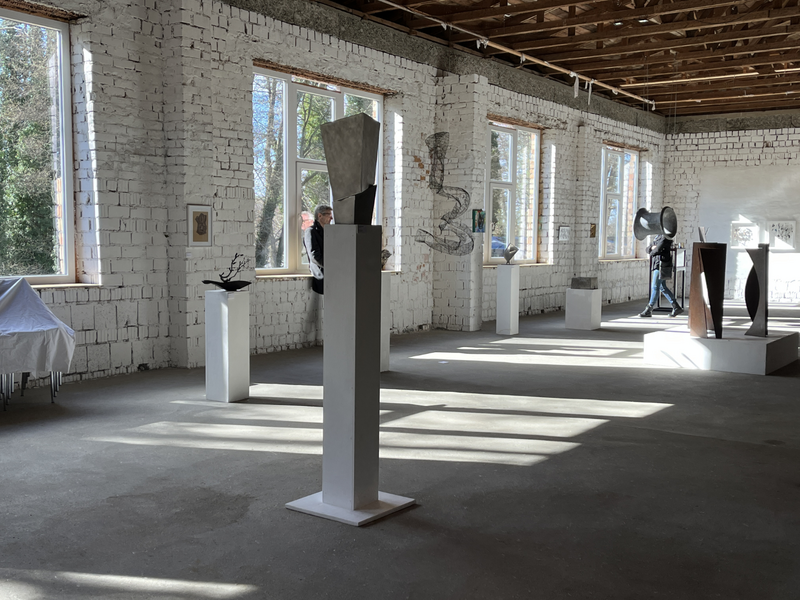
Large paintings by Tatjana Schülke, her partner Claudio d'Ambrosio, and Eckhart Haisch adorn the walls of the Kunsthalle, a former sawmill with an impressive wooden ceiling. Two small paintings in delicate colours are by Karen Lüderitz, while the Menzen portrait by Australian artist Sue Hayward shows his face appearing translucently on gauze. Argentinian artist Clara Joris paints herself as a woman who makes wool from clouds, spinning it in the universe. With the caption Utgard, home of giants and trolls, she alludes to Nordic mythology. Polish photographer Wojtek Skowron contributes a small, exquisite, unedited photograph of a scene in sharp chiaroscuro. Sculpture and silhouette on rice paper and ink by Susanne Ruoff corresponds with a small work by Menzen.
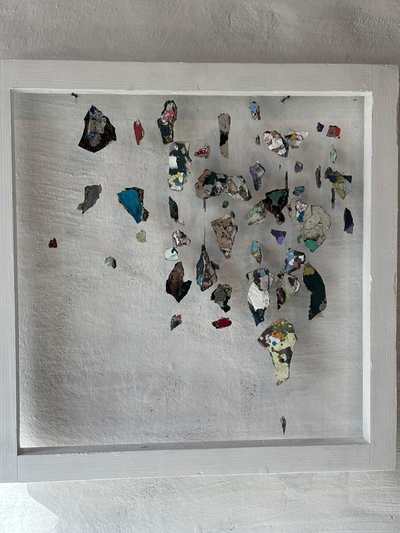
The works of Margret Holz and Pola Brändle can be grouped under the heading “sculptural images”. The former created a piece entitled Palimpsest, which involves layering different materials such as plastic, pieces of painting cardboard, and wooden discs, which are finely crafted, drawn, painted, and scratched. In Pola Brändle's white picture frames, particles of various sizes broken off the wall are glued to perlon threads. They move slightly, playing with light and shadow and creating a colourful treasure out of waste.
Black-coated copper wire is used by Bettina Lüdicke to create the only hanging sculpture in the exhibition. As you stroll past it, it swings gently back and forth, constantly revealing new perspectives.
Vestigium culturae, traces of culture, is what Ona Tav calls his sculptural altarpiece. The artist is familiar with such small religious monuments from his native Argentina. The way he transforms Mary with the Baby Jesus into a doll covered with white marbles, with a smaller doll on its lap, is at once beautiful and eerie.
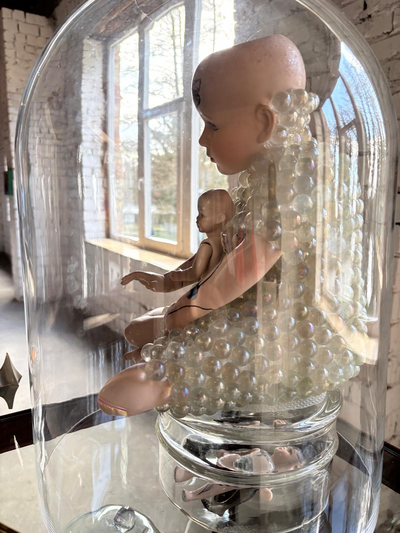
Italian artist Giancarlo Lepore uses wire and paper to create a light wall mesh that contrasts with the other heavily weighted works made of steel and bronze.
Asri Sayrac, an Armenian Turk, creates incredibly delicate female figures out of clay, reminiscent of the Three Graces.
Kenyan friend Bassirou Sarr works with papier-mâché and sand to create works with an archaic feel.
Jochen Bentrup playfully picks up found objects and transforms them by painting them in a bright blue.
In this exhibition, different nationalities, generations, and artistic positions come together in grateful memory of Karl Menzen, the wonderful sculptor and friend.
Further information about the exhibition: https://kunstortlehnin.de/bildende-kunst/kunsthalle/
Written by Ursula Karpowitsch in German.

